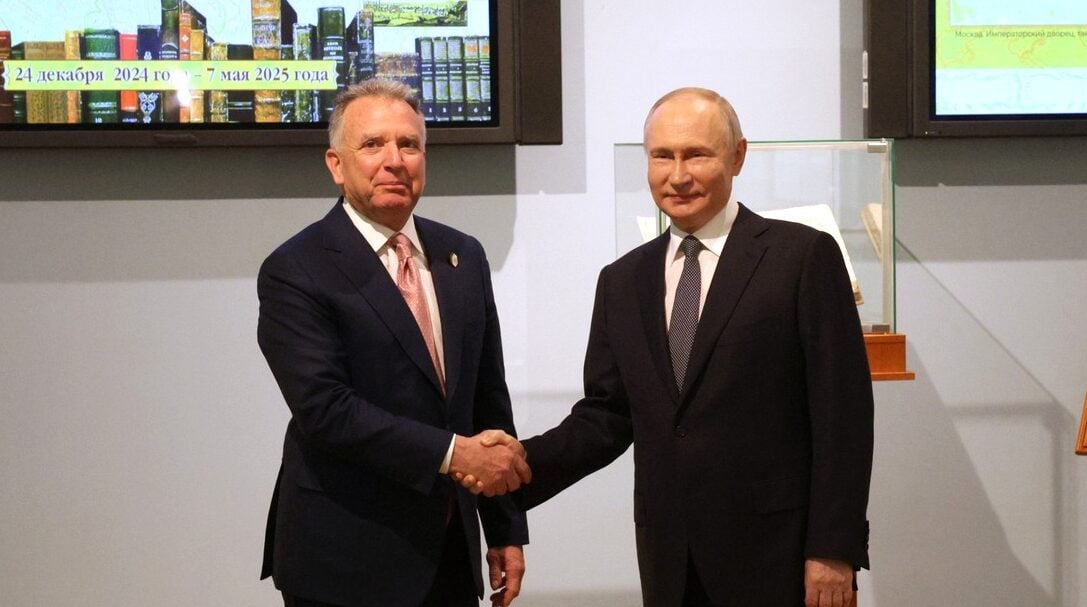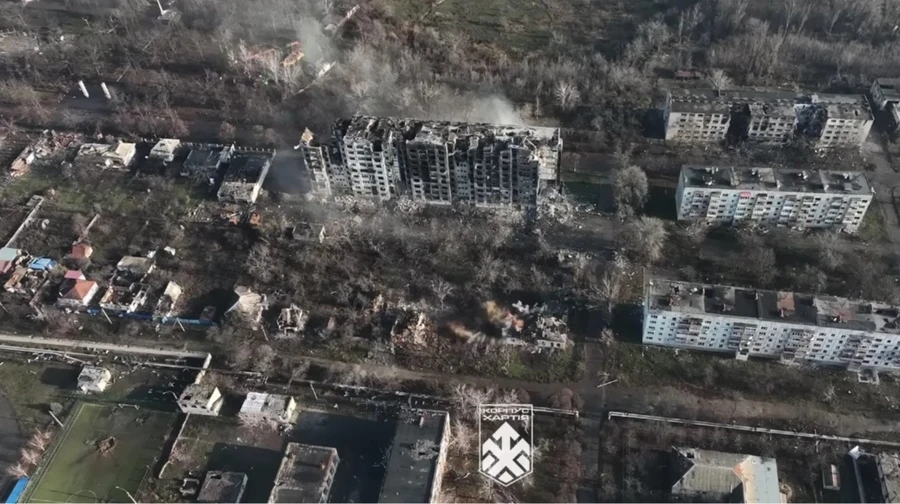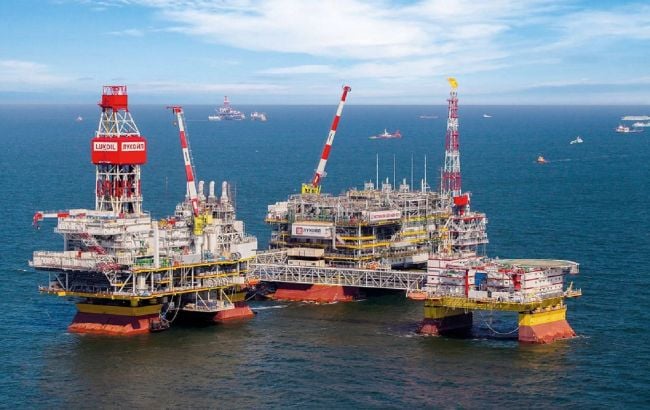Nearly 11,000 North Korean troops in Russia prepare to enter battle in Ukraine
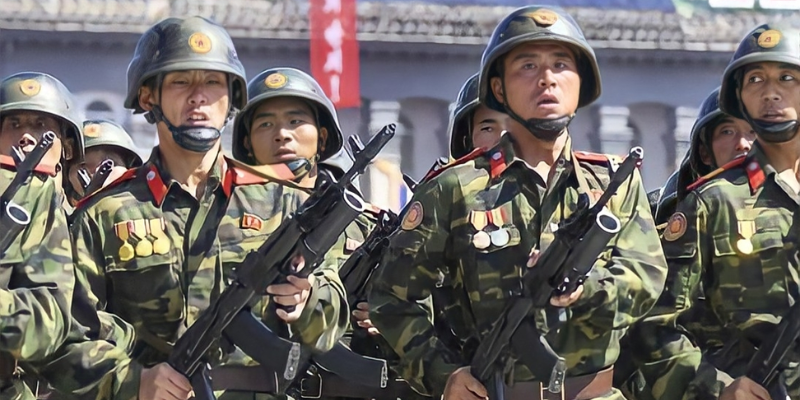
According to Kirill Budanov, the head of the Main Intelligence Directorate, approximately 11,000 North Korean infantry soldiers are currently being trained in eastern Russia. They will be prepared for combat against Ukraine starting from 1 November.
The troops will be equipped with Russian equipment and ammunition. The first group of 2,600 soldiers will be deployed to the Kursk region, but no information is available regarding the plans for the remaining North Korean troops. Budanov also mentioned that there is not enough information at present to have a complete understanding of the situation. Budanov confirmed this information in a comment made to The War Zone.
SOURCESymbolic number of the Day
According to the Coordination Centre for the Treatment of Prisoners of War in Telegram, a total of 501 fallen defenders have been repatriated to Ukraine. Of these, 382 bodies were repatriated from the Avdiivka front, 56 from the Bakhmut front, 45 from the Maryinka front, 6 from the Vuhledar front, 4 from the Zaporizhzhia front, and 7 from the Luhansk front. Additionally, one body was found in a morgue in the Russian Federation. The repatriation process involves the Armed Forces of Ukraine handing over the bodies and remains to state institutions for identification by law enforcement and forensic experts. Once identified, the bodies will be returned to their families for proper burial.
SOURCEWar in Pictures
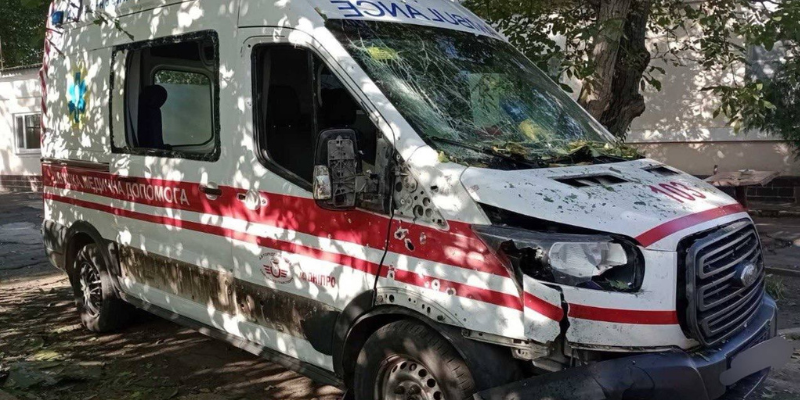
An ambulance was targeted by Russians using a drone in the village of Stanislav, located in the Kherson region. Fortunately, no medical workers were harmed in the attack. The incident resulted in damage to the vehicle, which was caused by explosives that were dropped from the unmanned aerial vehicle (UAV).
SOURCEVideo of the Day
A Russian tank and infantry fighting vehicle attempted to launch an attack in the Pokrovske direction against the Ukrainian military but were swiftly halted by the artillery and attack UAV pilots of the Chervona Kalyna brigade. The vehicles and their crew were destroyed by the artillery strikes and FPV drones of the Guards, leaving no chance for the occupiers. In the Pokrovsk sector, Russian occupants are engaging in continuous attacks, employing a variety of tactics, equipment, and personnel. The NGU units have reported this operational information.
SOURCEISW report

The European Union (EU) issued a statement on October 16 condemning Russian executions of Ukrainian prisoners of war (POWs) and noted that at least 177 Ukrainian POWs have died in Russian captivity since February 2022.
The EU called Russia’s increasingly frequent executions of Ukrainian POWs a grave breach of the Geneva Convention, highlighting that the executions demonstrate Russia’s systemic disregard for international law. The Geneva Convention on POWs prohibits the inhumane treatment and execution of POWs or persons who are clearly rendered hors de combat. ISW has recently observed an increase in Russian forces executing Ukrainian POWs throughout the theater of war.
Head of the Ukrainian Department for Combating Crimes in Conditions of Armed Conflict Yuri Bilousov stated on October 4 that Ukrainian sources documented evidence indicating that Russian forces have executed 93 Ukrainian POWs on the battlefield since the start of the full-scale invasion and that 80 percent of the recorded cases occurred in 2024.
SOURCEWar heroes
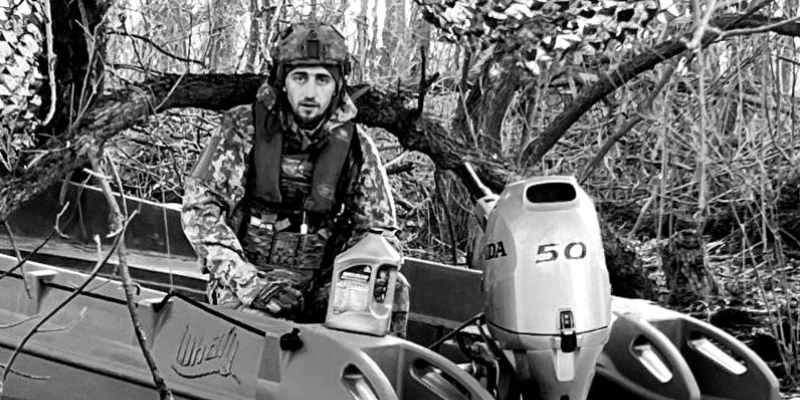
Senior fighter Oleksandr Lavreniuk, with the call sign Kazanova, died on 17 February 2024 near the village of Tyahynka, Kherson region. During an enemy drone attack, the fighter received shrapnel wounds. His beloved girlfriend Violetta, a paramedic, tried to resuscitate him on the way to the hospital, but unfortunately, his injuries were incompatible with life. The fighter was 29 years old.
Oleksandr was born in the village of Olhopil, Vinnytsia region. After school, he received secondary specialized education at vocational school No. 35. Then he continued his studies at the National University of Ukraine ‘Igor Sikorsky Kyiv Polytechnic Institute’ at the Faculty of Informatics and Computer Science. He loved repairing cars and renovating apartments and was a great handyman and electrician. He took on any job and performed it flawlessly. He was fond of sports.
After the start of the full-scale invasion, he joined the 106th Separate Territorial Defense Brigade. He was a driver of the grenade launcher section of the fire support platoon. He became the best boat driver, quickly and professionally performed combat missions on the Dnipro River.
For his service, the defender received a number of awards, including the Presidential Decoration ‘For Defence of Ukraine’ and the Order ‘For Courage,’ III class (posthumously).
Together with Oleksandr, I participated in the evacuation of the wounded. He was incredibly dedicated to his work. Despite the danger and constant enemy attacks, he risked his own life to save more than 100 fighters, and brought many of his fallen comrades from the left bank of the Dnipro (Krynky, Kozachi Lageri). He is an extremely kind person with a huge heart who will help at any time, an incredibly loyal friend. The best man in my life. My heavenly angel,’ said Violetta’s beloved girlfriend, an active duty paramedic.
The defender was buried in his native village of Olhopil. Oleksandr is survived by his parents, brother, aunt, fiancée and loyal friends.
*Oleksandr’s story on the Heroes Memorial – a platform for stories about the fallen defenders of Ukraine.
SOURCELatest news
- Seoul: North Korea to send troops to fight with Russia
- Biden, in Germany, urges unwavering support for Ukraine
- International telecom deal a sign of hope for Ukraine’s battered economy
- Missiles roll across northwest Russia in test of nuclear unit
- UN: Russians killed and injured at least 1,400 civilians in September
- Canada to give C$65 million in military aid to Ukraine
